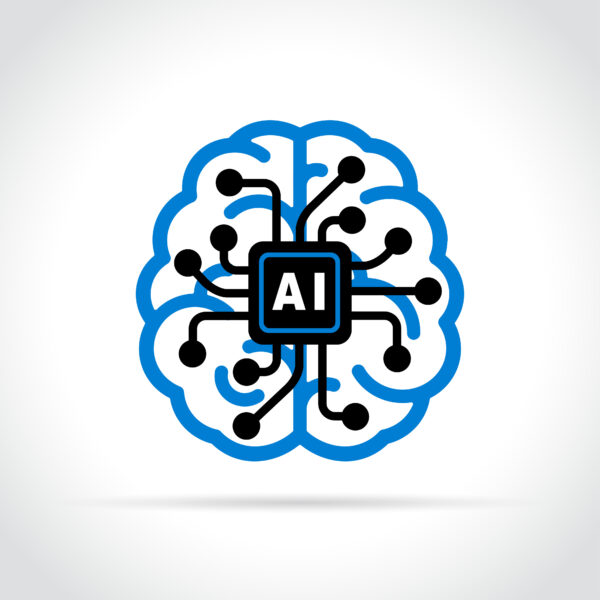Key points:
- Don’t fight AI–learn to embrace it for teaching and learning
- Using AI will help quell fears about how it could harm education
- See related article: Navigating generative AI: Promoting academic integrity
- For more news on AI in education, see eSN’s Digital Learning page
- Everything You Need To Know About AI In Education
You’ve heard all the news about kids using ChatGPT to cheat, but there’s another side to this story. Just as the internet revolutionized education, AI will be the next game-changer. While the fears of cheating have definitely been legitimate, have you actually tried writing an essay using just AI? Hate to say it, but the outcomes aren’t instant gratification.
Using AI still requires work, and in fact, it often leads to a deeper understanding of the subject matter because you are the one who has to teach AI what to do and say. Just like the internet, AI isn’t going anywhere–so let’s teach our kids to work with AI, not against it.
Here are 5 positive ways students can use AI:
1. 24/7 tutors
AI can serve as a round-the-clock tutor for your child, offering instant academic support when they need it–and it’s free. If your child’s struggling with an algebra problem, they can ask AI to guide them through it, step-by-step.
2. Lessons come to life!
AI allows students to learn history by having life-like conversations with tech-powered versions of Socrates, Gandhi, and Dr. Martin Luther King. Students can learn about gravity by chatting with an AI-powered version of Sir Isaac Newton. They can learn about art from Frida Kahlo and about WW2 by chatting with a teenage version of Anne Frank. This level of engagement was unheard of before now.
3. Custom study plans
AI can design personalized study plans for your kids. Imagine AI systems that curate lesson plans tailored to each student’s learning style and needs. If your child is a visual learner, they can ask for examples that use infographics and visuals.
4. Enhanced creativity
Kids can use AI to create virtual art galleries and build art based on whatever they can imagine. They can ask AI to “Show me a blue cat riding a marshmallow in space in 3-D” and let their imaginations go wild.
5. Real-time progress tracking
Tech-based apps provide instant feedback on students’ performance, so they know what they got wrong right away. They don’t have to wait for papers to get graded; AI tells them what they did wrong, and they can correct it on the spot.
- Using technology to support learning through movement - March 31, 2025
- Halting education research in the name of ‘government efficiency’ is incredibly inefficient - March 31, 2025
- COVID still casts a shadow over American school boards - March 28, 2025

